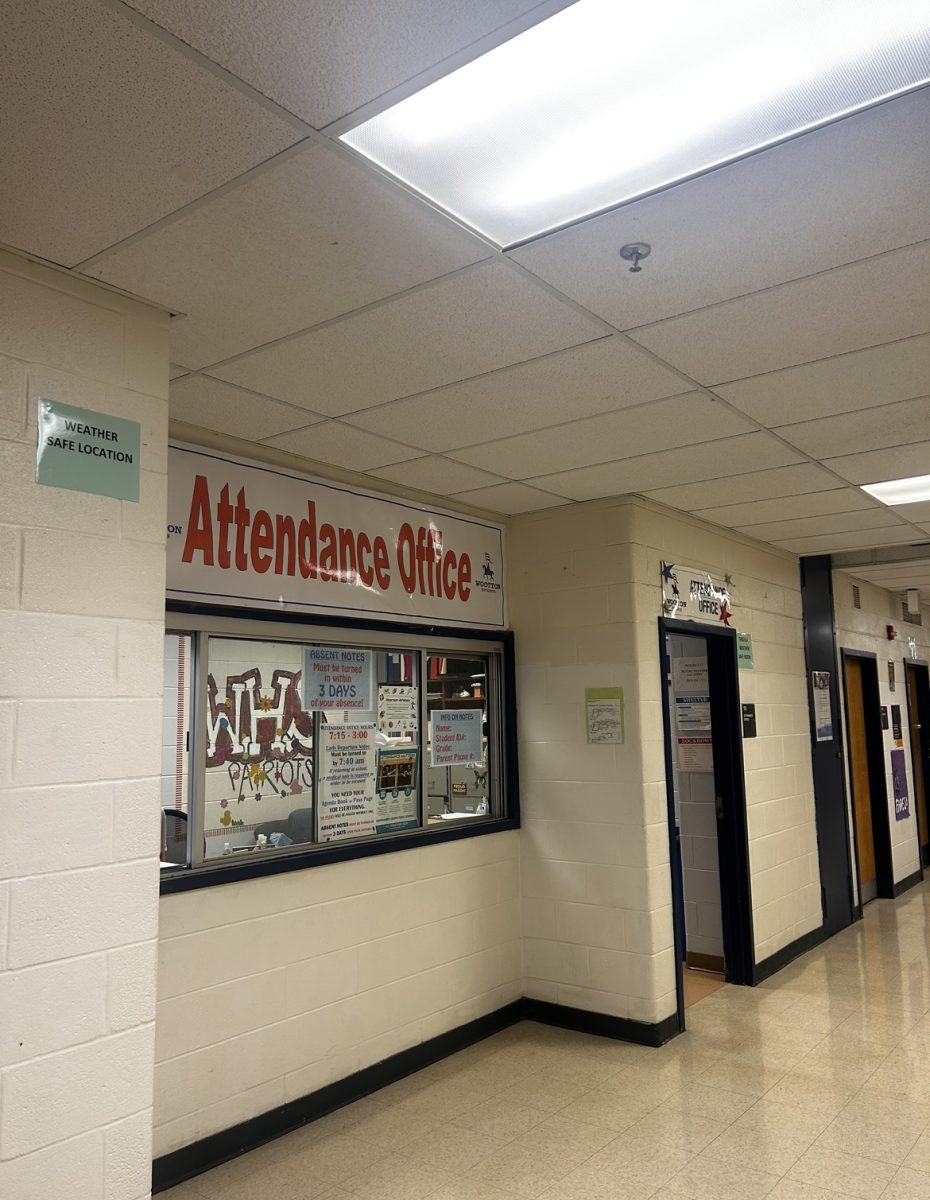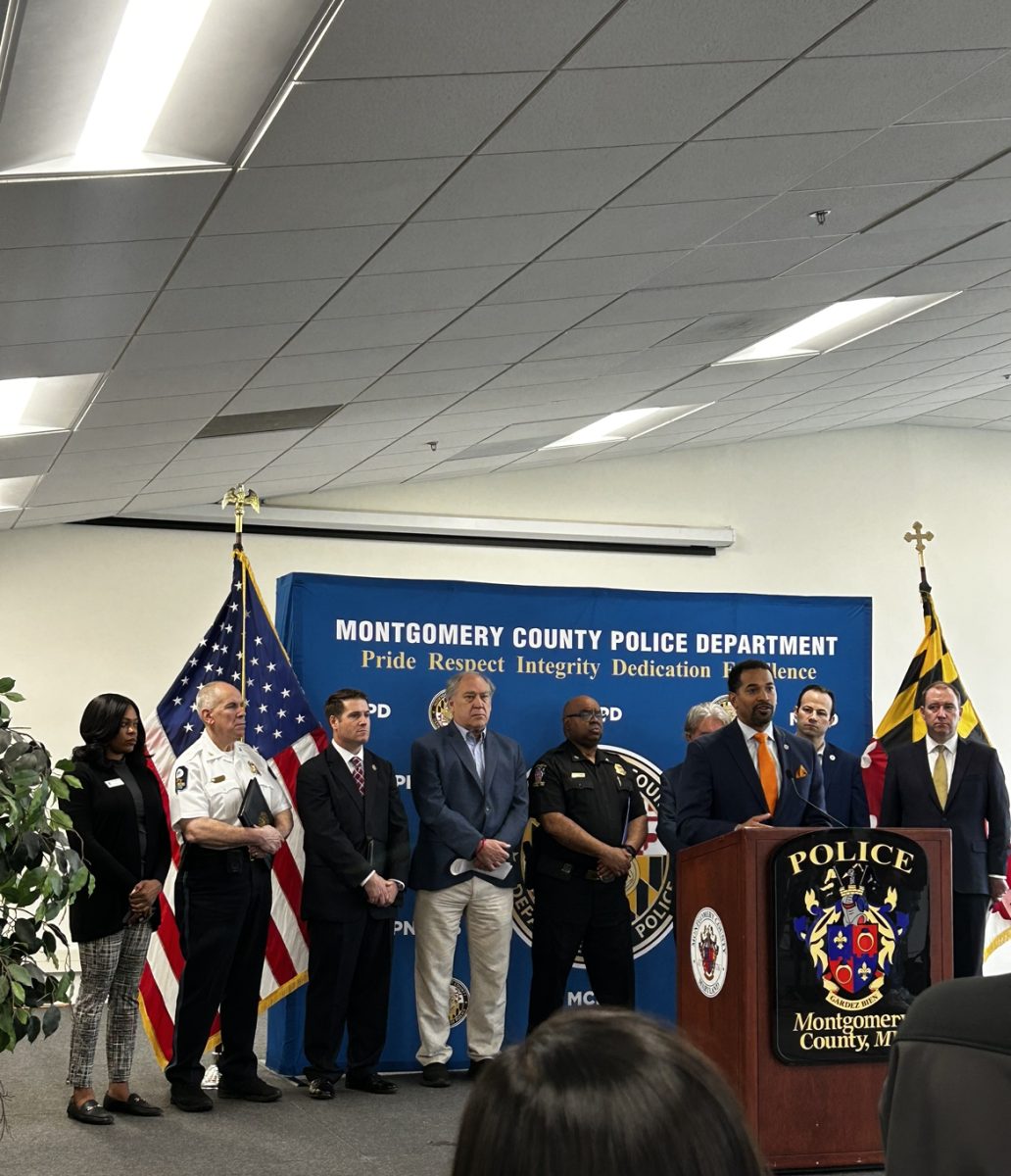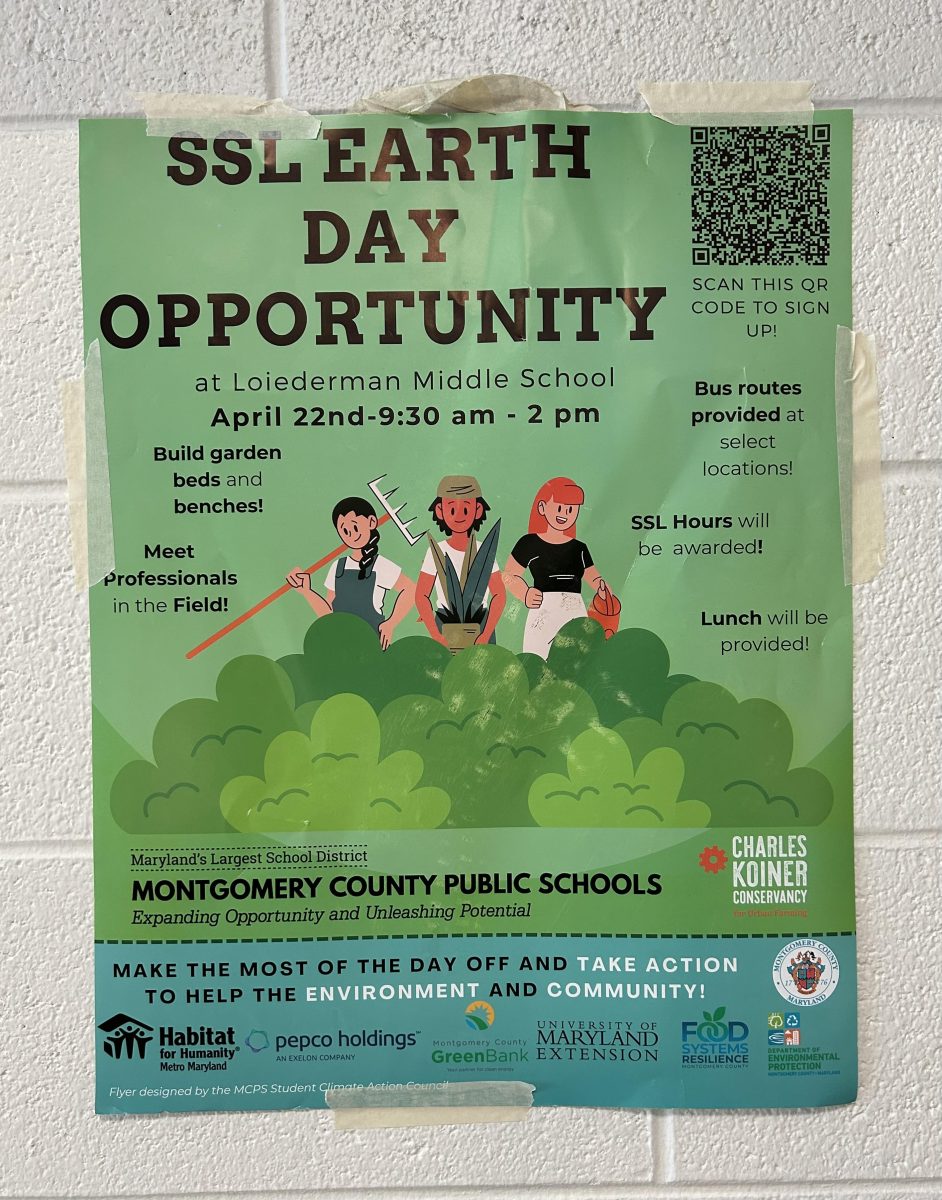In a world seemingly overrun with hatred, dishonesty and indecency, it is paramount that we as active citizens be properly informed. This task seems relatively simple to accomplish as the internet and social media provide a pathway to a plethora of information. However, it is the responsibility of the user to determine the authenticity and accuracy of what they are reading. The teenage community, a group who have often been described to be “born with a phone in their hand,” have been plagued with this issue due to their reliance on modern forms of news distribution.
“According to a 2018 study from the Pew Research Center, about two-thirds of American adults (68 percent) say they at least occasionally get news on social media.”
Let’s begin with the big picture: how many people get news from social media? According to a 2018 study from the Pew Research Center, “about two-thirds of American adults (68 percent) say they at least occasionally get news on social media,” a statistic that is particularly jarring when considering that “57 percent say they expect the news they see on social media to be largely inaccurate.”
The statistic is similar within the teenage population, with 49 percent of all teens ages 13-18 receiving their news solely from social media, according to a study from Common Sense Media. Other additional news outlets include family, friends, teachers and websites, none of which were as popular of an option as social media.
When taking into account the frequent fallacies found in social media news, the idea of about half of all teenagers receiving news exclusively through this medium can create uneasiness. The epidemic of “fake news” has been spreading and its presence has impacted the public’s comprehension of worldly events significantly. This damage has especially been effective within the teenage community as the majority of 13-18 year olds have not been accustomed to proper news research habits. “I think having time within the school day to allow students to learn more about world news with the proper techniques would be beneficial for everyone to become informed,” senior Hiruni Mendries said.
“Social media’s emergence began in the early to mid-2000’s with Facebook, YouTube and Twitter finding footing within the contemporary world.”
Before suggesting solutions to this issue, it is important to understand where and when this shift from more traditional news distribution such as newspapers, radio and television to more modern methods occurred. Social media’s emergence began in the early to mid-2000’s with Facebook, YouTube and Twitter finding footing within the contemporary world. Not long after, these sites became outlets for not only news sources to distribute their content, but anyone who wished to “break news,” whether or not that specific piece of information was actually accurate.
A major breakthrough in social media news distribution is the introduction of “Moments” to Twitter’s software. The feature was debuted on Oct. 6, 2015 and provides a way for people to get a quick overview of important world events that occurred recently through the channel of various tweets. Unfortunately, “Moments” have become a propagandized element of Twitter’s layout, with users opting to read the simple headline presented to them in a convenient manner instead of performing research across a variety of reputable sources and forming a personal opinion on the subject. If one decides to actually open a “Moment” on the app, they will be treated to a selection of news sources that all seem to pledge allegiance to a single party rather than hold places throughout the political spectrum as well as a collection of Tweets spanning the globe, all of which present a usually uninformed, biased take on the topic. While “Moments” can provide a gateway for Twitter users to voice their opinions in a widely-recognized manner, it is easy for people to get caught up in news sources with little to no credibility. “I feel like Twitter has a say in what you are looking at. They are likely molding the minds of their users and dictating what they think about certain topics,” senior Phoebe McCann said.
“One aspect of the news world that always generates conversation due to its blatant bias is television news.”
So, if social media is not always the most reliable source for news, what can we turn to for accuracy? It’s difficult to sift through the plethora of information found on news sources across the globe and discover the news items that effectively display information on an unbiased, nonpartisan level. Unfortunately, no such news source exists, which is why students, and all human beings in general, should read and compare multiple sources from all perspectives and political loyalties. By using this method, viewers can comprehend the complete set of information and formulate their own opinion.
“It has been known for decades that particular television news channels retain biases toward a political party.”
One aspect of the news world that always generates conversation due to its blatant bias is television news. It has been known for decades that particular television news channels retain biases toward a political party; for example, Fox News leans toward the Republican party while MSNBC and CNN lean toward the Democratic party. A fault of the general public is an overarching ignorance of other news channels, those that report against the beliefs of their political allegiance. Without a proper understanding of their counterparts, people damage their own credibility as an informed citizen. “With anybody, adults including, you have to know your sources and the bias that is present in them. Try to read two sides to every story,” personal finance teacher Lesley Stroot said.
For the TV news industry, this means bad news. A decline in readers and viewers over the past five years, coinciding with the steamrolling popularity of social media. According to a 2017 study from Pew Research Center, “the evening audience for both local and network TV news declined 7 percent, while for cable it fell 12 percent.”
Another source in danger of being overrun by the popularity of social media is the newspaper. A staple of world news for over three centuries, the humblest of all news sources is in serious jeopardy of extinction as a result of its growing irrelevance within the modern, 21st century society, with “weekday print circulation decreased 11 percent and Sunday circulation decreased 10 percent,” as reported on by the Pew Research Center in 2017. It doesn’t seem like a collection of papers reporting on the events of the past day or week is as revolutionary as it was when it was the sole source of information. People aren’t relying on newspapers like The Washington Post or The New York Times physical papers for their news anymore. These establishments have endured and adapted to the ever-shifting society they inform by utilizing the internet to connect to a broader audience, present news in a timely manner and break news just as quickly as social media or television. These websites receive good ratings, with major newspapers boasting upwards of two million paid digital subscribers.
“There is nothing more dangerous than a community jam-packed with the uninformed, aimlessly making rash statements and formulating opinions based on incorrect information.”
These older, respected news sources have been proven to publish accurate content as it has educated the public for decades with a safe, reliable method that social media has yet to adopt. Despite their benefits, TV news and newspapers are perishing, but why? According to the Pew Research Center’s 2018 study on social media news, “the most commonly named positive thing about getting news on social media is convenience,” an unsurprising result given the transition of contemporary society into one that worships the concepts of simplicity and comfort in regards to every aspect of people’s lives, one such being how news is received.
No matter how one gets their news, whether it be online, through social media, on TV or in a newspaper, it is crucial for the well-being of our society that we stay up-to-date. There is nothing more dangerous than a community jam-packed with the uninformed, aimlessly making rash statements and formulating opinions based on incorrect information. It is this reality that we need to avoid at all costs and by taking an interest in proper news research, this terrifying vision could simply be a passing thought.















